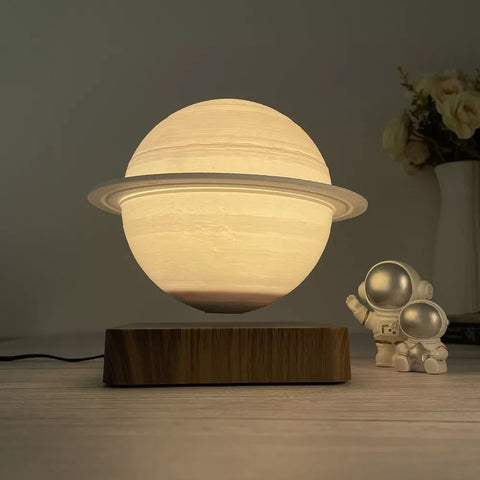Saturn's Secrets: 10 Surprising Facts You Didn't Know

10 Things You Didn't Know About Saturn
Saturn is one of the most fascinating planets in our solar system. Known for its spectacular rings and countless moons, this gas giant still holds many secrets that we are exploring. Here are ten surprising facts about Saturn that you may not have known.
-
Saturn can float in water: If you could find a bathtub big enough, Saturn would actually float. This is because its average density is less than that of water.
-
Saturn has the most extensive ring system in the solar system: Saturn's rings stretch over 282,000 kilometers but are only about 20 meters thick.
-
Saturn has 82 known moons: With a total of 82 known moons, Saturn is the planet in our solar system with the second most moons, second only to Jupiter.
-
A Day on Saturn Lasts Only 10.7 Hours: Despite its enormous size, Saturn only takes 10.7 hours to complete one rotation.
-
A season on Saturn lasts seven Earth years: Saturn's axis is tilted in the same way as Earth's, which means it also has seasons. But because of its slow orbit around the sun, each season lasts over seven Earth years.
-
Saturn's upper atmosphere is incredibly cold: although the interior of the planet is incredibly hot, the temperature in the upper atmosphere can dip to -175 degrees Celsius.
-
Saturn is home to some of the most extreme winds in the Solar System: Winds in Saturn's upper atmosphere can reach speeds of up to 1,800 kilometers per hour - much faster than the strongest hurricanes on Earth.
-
Saturn's interior consists mainly of a core of iron, nickel and rock: surrounded by a thick layer of metallic hydrogen, Saturn's core is estimated to be between 9 and 22 times the mass of Earth.
-
Saturn is the flattest planet: Due to its rapid rotation, Saturn is flatter at the poles and bulged at the equator - in fact, it is the most elongated planet in the solar system.
-
Saturn's largest moon, Titan, is the only moon in the Solar System with a significant atmosphere: Titan has a thick atmosphere, lakes of liquid methane, and even a weather cycle—making it one of the most Earth-like places in the Solar System.
Saturn is a wonderful example of the beauty and diversity found in our solar system. From its breathtaking rings to its many moons, Saturn continues to fascinate astronomers and space enthusiasts alike
